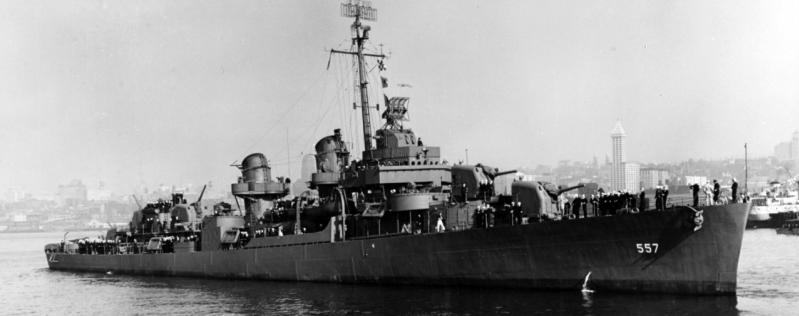 In November 2019, RV Petrel located the scattered wreckage of a World War II warship at a depth of 21,180 ft in the Philippine Sea. The wreck, thought to be the deepest wreck of a warship ever discovered, was suspected to be either of the USS Johnston or possibly the USS Hoel. On Thursday, the Navy and a team of undersea explorers announced that the wreck had been positively identified as the USS Johnston.
In November 2019, RV Petrel located the scattered wreckage of a World War II warship at a depth of 21,180 ft in the Philippine Sea. The wreck, thought to be the deepest wreck of a warship ever discovered, was suspected to be either of the USS Johnston or possibly the USS Hoel. On Thursday, the Navy and a team of undersea explorers announced that the wreck had been positively identified as the USS Johnston.
Late last month, a manned-submersible operated by Caladan Oceanic, a Dallas undersea exploration company, located the front two-thirds of the ship, sitting upright, along with the bridge, midsection, and the identifying hull number, 557.
USS Johnston was a Fletcher Class destroyer under the command of Ernest E. Evans at the Battle off Samar. The Johnston was among four destroyers and three destroyer escorts guarding six escort carriers of the Task Force 77.43, known by its call sign “Taffy Three.” On the morning of October 25, 1944, they were surprised by an overwhelming Japanese fleet of four battleships, eight cruisers, and at least twelve destroyers.
Continue reading →
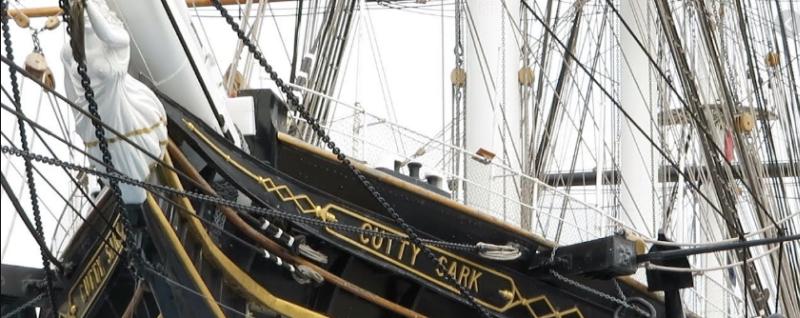 Great Britain’s Prince Philip, the Duke of Edinburgh, died yesterday at the age of 99. He has been referred to as a sailor prince. The grandson of an admiral of the fleet and first sea lord, he was commissioned as a midshipman in the Royal Navy at 19. He would earn decorations for valor during World War II.
Great Britain’s Prince Philip, the Duke of Edinburgh, died yesterday at the age of 99. He has been referred to as a sailor prince. The grandson of an admiral of the fleet and first sea lord, he was commissioned as a midshipman in the Royal Navy at 19. He would earn decorations for valor during World War II. 
 In the deep ocean, the
In the deep ocean, the 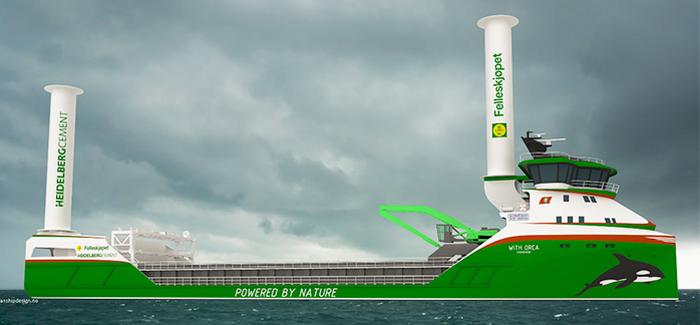 Marine Log
Marine Log The Vice President and the Secretary of the Navy now each have new “
The Vice President and the Secretary of the Navy now each have new “
 When the
When the  In November 2019,
In November 2019,  One year ago today, Captain Brett Crozier walked down the gangway of the aircraft carrier USS Theodore Roosevelt. He had been relieved of command after the San Francisco Chronicle reported the contents of a leaked letter he wrote to his superiors in March pleading for help as his crew battled an outbreak of Covid-19 while underway.
One year ago today, Captain Brett Crozier walked down the gangway of the aircraft carrier USS Theodore Roosevelt. He had been relieved of command after the San Francisco Chronicle reported the contents of a leaked letter he wrote to his superiors in March pleading for help as his crew battled an outbreak of Covid-19 while underway.
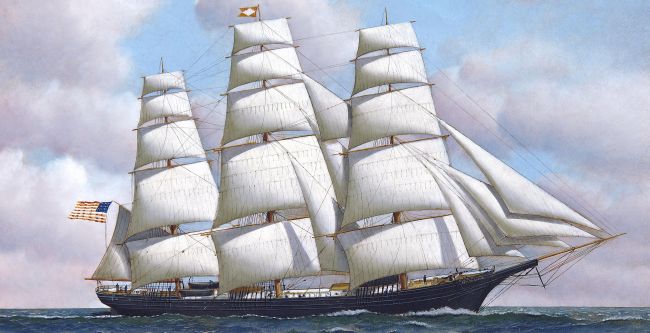 On the last day of Women’s History Month, it is worthwhile remembering
On the last day of Women’s History Month, it is worthwhile remembering  On the next to last day of Women’s History Month, it is a good time to honor
On the next to last day of Women’s History Month, it is a good time to honor 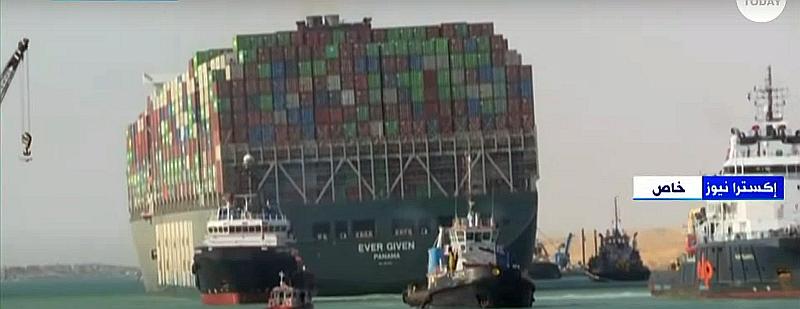
 Tugs and dredgers have been making some progress in refloated the stranded ultra-large container ship, Ever Given, that has blocked traffic in the Suez Canal since last Tuesday. The next best hope of freeing the stranded ship will come on Monday on the “king tide,” an exceptionally high tide. Whether sufficient dredging in way of the ship’s bow will be completed in time to make this possible, remains to be seen.
Tugs and dredgers have been making some progress in refloated the stranded ultra-large container ship, Ever Given, that has blocked traffic in the Suez Canal since last Tuesday. The next best hope of freeing the stranded ship will come on Monday on the “king tide,” an exceptionally high tide. Whether sufficient dredging in way of the ship’s bow will be completed in time to make this possible, remains to be seen.  The saying goes that the tide floats all boats. The current hope is that a peak high tide on Monday may allow salvors to refloat the ultra-large container ship
The saying goes that the tide floats all boats. The current hope is that a peak high tide on Monday may allow salvors to refloat the ultra-large container ship  The
The  Despite optimistic estimates yesterday, the Suez Canal remains blocked in both direction by the ultra-large container ship
Despite optimistic estimates yesterday, the Suez Canal remains blocked in both direction by the ultra-large container ship 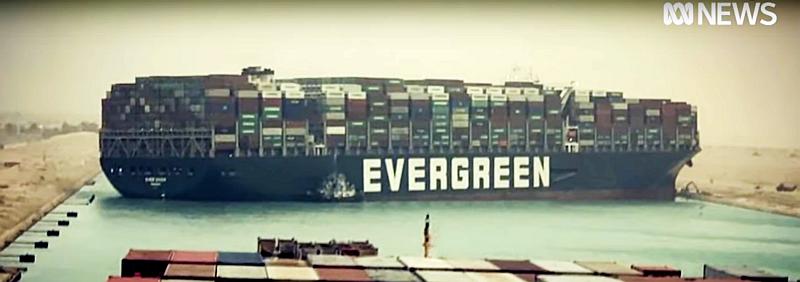 On Tuesday morning,
On Tuesday morning, 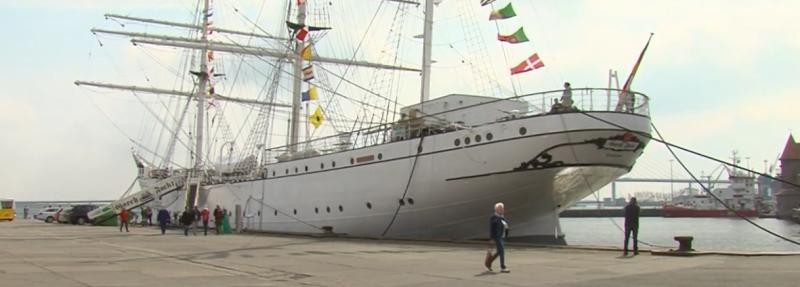 The German Navy sail training ship
The German Navy sail training ship  Two offshore wind energy projects off the US Northeast coast have received new approvals from regulators.
Two offshore wind energy projects off the US Northeast coast have received new approvals from regulators. An update to
An update to